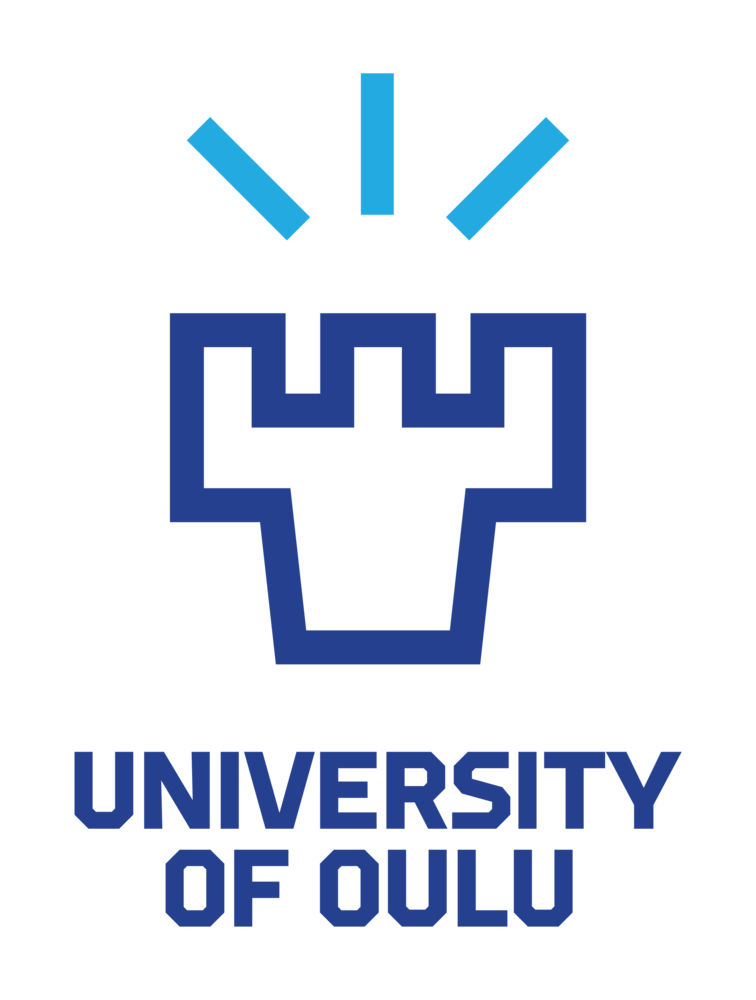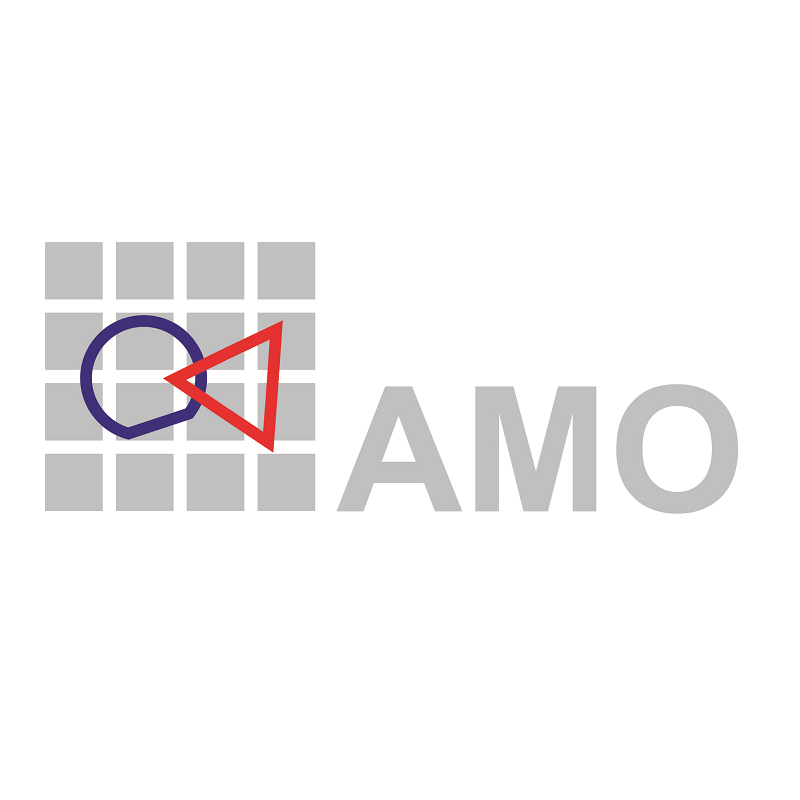The ocean covers over 70% of our planet, yet it remains one of the least connected environments, however, underwater communication is vital for more effective ocean exploration, sustainable resource management, and improved environmental protection. Unfortunately, radio signals are quickly absorbed by water. Traditional underwater communication relies on acoustic waves suffering from low data rates and high latency. Optical wireless communication offers a promising alternative, enabling high-speed, low-latency links crucial for marine industries, defense, and environmental monitoring. However, optical communication faces significant challenges, including absorption, scattering, blockage, and alignment difficulties in dynamic underwater environments.
In this context, the AVALON project aims to overcome these limitations by leveraging optical reconfigurable intelligent surfaces (ORIS) to boost the link quality and even enable non-line-of-sight communication. ORIS technology allows dynamic beam steering and wavefront shaping, mitigating the effects of absorption and scattering while improving signal reliability in complex underwater environments. To achieve these advancements, AVALON will combine theoretical modeling, advanced signal processing, and experimental validation. On the theoretical side, the project will develop novel channel models that integrate stochastic geometry, probability theory, and experimental-driven empirical data to accurately describe light propagation in various underwater conditions. On the experimental side, lab-based testing and real-world field trials will validate the performance of ORIS-enhanced optical links. Prototype systems, including ORIS-controlled transceivers and adaptive beam-tracking mechanisms, will be evaluated in controlled water tanks and open-sea environments.













Website:
Project Type:
Funding:
Duration:
Website:
Project Type:
Funding:
Duration:
The ocean covers over 70% of our planet, yet it remains one of the least connected environments, however, underwater communication is vital for more effective ocean exploration, sustainable resource management, and improved environmental protection. Unfortunately, radio signals are quickly absorbed by water. Traditional underwater communication relies on acoustic waves suffering from low data rates and high latency. Optical wireless communication offers a promising alternative, enabling high-speed, low-latency links crucial for marine industries, defense, and environmental monitoring. However, optical communication faces significant challenges, including absorption, scattering, blockage, and alignment difficulties in dynamic underwater environments.
In this context, the AVALON project aims to overcome these limitations by leveraging optical reconfigurable intelligent surfaces (ORIS) to boost the link quality and even enable non-line-of-sight communication. ORIS technology allows dynamic beam steering and wavefront shaping, mitigating the effects of absorption and scattering while improving signal reliability in complex underwater environments. To achieve these advancements, AVALON will combine theoretical modeling, advanced signal processing, and experimental validation. On the theoretical side, the project will develop novel channel models that integrate stochastic geometry, probability theory, and experimental-driven empirical data to accurately describe light propagation in various underwater conditions. On the experimental side, lab-based testing and real-world field trials will validate the performance of ORIS-enhanced optical links. Prototype systems, including ORIS-controlled transceivers and adaptive beam-tracking mechanisms, will be evaluated in controlled water tanks and open-sea environments.












